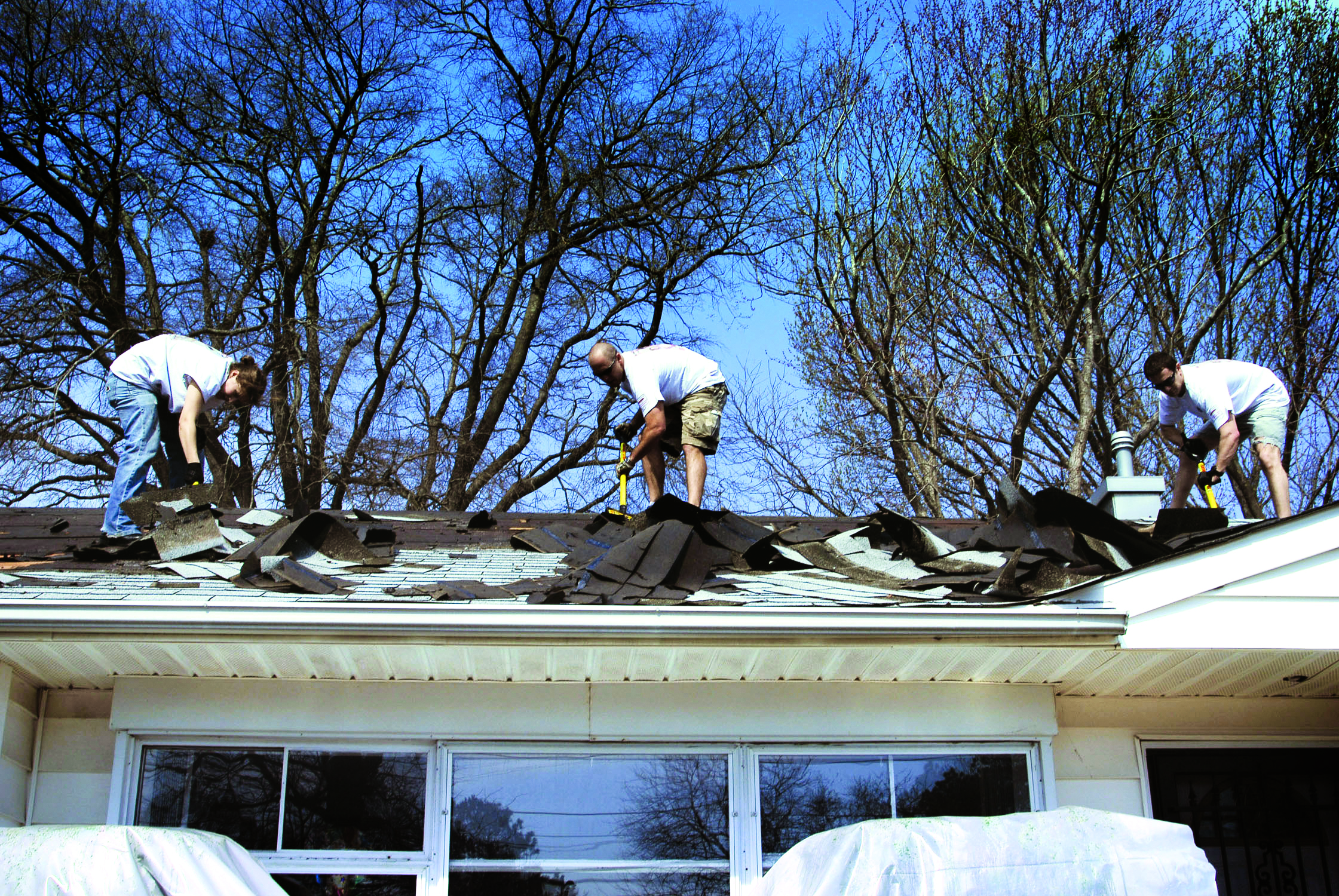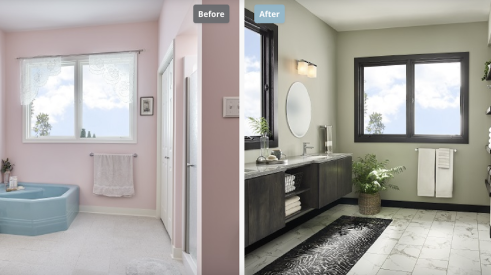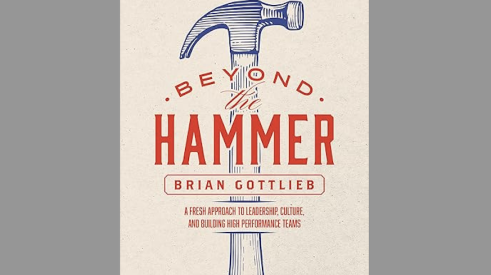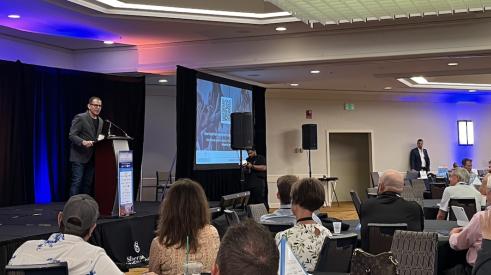Here’s something you may have heard once or twice. Falls, mostly from elevation, are the leading cause among accidental deaths in the construction industry. Other causes include electrocution, being struck by objects (flying, falling, swinging, rolling), or being crushed via collapsing materials or machinery.
In 2015, falls accounted for 364 of 937 construction worker deaths, or about 39%. In roofing, 80% of fatalities are from falls. On a roof, unprotected roof edges, steep slopes, weather conditions (high winds or wet surfaces) and equipment failure (especially ladders) can spell disaster.
Who’s Paying Attention
That said, what’s also the case is that falls from a roof are far more likely to occur on a residential roofing site than a commercial one. If you’re guessing that that has to do with the fact commercial sites are likely to be flat roofs as opposed to sloped, you’re partly right. But that’s not the only reason.
Residential roofs often feature steep pitches, and are that much more dangerous. But it’s also the case that commercial roofers typically know OSHA safety regulations and manage for them.
“Residential roofers are less likely to be provided with fall protection devices and their employers generally do not enforce or require the use of safety equipment,” notes Kevin O’Donnell, of the Boston University School of Public Health, in research published by the National Center for Biotechnology Information. “Unlike their commercial counterparts, residential roofers are more likely to work for small employers, [with] fewer than 10 employees.” And therefore, far less likely to be subject to an OSHA visit.
O'Donnell quotes a study finding that “use of personal fall arrest systems and monitoring of unprotected floor openings are rare among small establishments in construction.”
The Fatal Fall Phenomenon
OSHA was created in 1971 “because of public outcry against rising injury and death rates on the job," for the specific purpose of reducing workplace accidents. By 2012 the agency had succeeded in reducing occupational injuries and deaths in the United Sates by more than 60%.
When it comes to roof falls, however, OSHA has had less discernible impact. So in April 2012, OSHA—responsible for enforcing jobsite rules that require workers to be anchored or tied off to body harnesses—launched its National Campaign to Prevent Falls in Construction. Its efforts combine heightened awareness (such as the agency’s annual National Safety Stand-Down week, a voluntary event in which employers “talk directly to employees about safety") with continued jobsite enforcement.
But the kind of enforcement that’s needed is hard to imagine when you think of OSHA’s 2,100 jobsite inspectors (including those of state partner agencies), who are responsible for the health and safety of the nation’s 130 million workers, and the 8 million workplaces in America.
Falls from elevation (roof, ladder, scaffolding) continue to be a problem, accounting for 370 of the 991 construction fatalities recorded in 2016 by the Bureau of Labor Statistics. “Of the top 10 riskiest jobs, roofing comes in at number six,” blogger Art Valentz writes for PHP Systems/Design. “Workers in the roofing industry are three times more likely to have a fatal injury than workers in other industries and about 50 roofers are killed on the job each year.”
A “fatality map” published by the Center for Construction Research and Training, drawing on data from the Census of Fatal and Occupational Injuries, compiled by the Bureau of Labor Statistics, shows a steady increase in fatal falls in construction between 2011 and 2016, not all of them in roofing.
Trips And Slips
Many residential roofing companies still ignore the requirement that safety equipment be used on jobsites. Drive around town and count the number of roofers actually tied off. And at least as important as having the equipment is training workers in how to use it and especially in developing an on-site safety culture, with written protocols and regular company meetings around safety issues.
A best practice, for instance, would be to begin each job with an assessment of potential safety hazards and how to mitigate. Statistics show that falls result even where equipment is available because workers decide not to use it, while management, obviously, looks the other way. Center for Construction Research and Training research shows that of those workers killed in falls between 1982 and 2015, 54% had no access to a personal fall arrest system and 23% had access but did not use it. In partnership with OSHA, the National Roofing Contractors Association suggests roofing companies create a roof safety plan and train for it. OSHA suggests such a plan should include:
- Creating and implementing a policy
- Compiling written work rules and practices
- Training workers in those practices
- Assigning responsibility for safety to specific individuals
- Discipline for infractions, up to and including dismissal, and incentives for worker compliance
- Regular policy review by a company safety committee
Workers need to know not only know how to use safety equipment, but how to recognize and mitigate potential hazards (holes, soft spots, debris) that can lead to the trips and slips that result in falls. In addition, since much of residential roofing relies on subcontractor crews for installation, roofing contractors should know that OSHA requirements clearly place responsibility for jobsite safety on the general contractor who sold and controls the job. “In addition to OSHA regulatory fine liabilities,” writes a blogger at Berg Compliance Solutions, which helps small companies comply with OSHA, EPA, and state environmental agencies, “there is additional civil liability since the injured worker, or their family, can team up with a personal injury lawyer and sue the General Contractor due to OSHA’s ‘Controlling Employer’ requirement. This requirement states that General Contractors are responsible for the health and safety of their projects, which includes subcontractor compliance.”
Protect Customers by Protecting Workers
On the other hand, what some roofing companies recognize is that when consumers are made aware of the potential liability of a fatal fall on their property, the question of the roofer’s safety policy and practices becomes a selling point, even a deal-breaker.
“We provide our crews with all the safety equipment needed for the work that is to be done,” states Showalter Roofing, of Naperville, Ill., on the company’s website. “While others may require their employees to provide their own tools and equipment, we think that it is our responsibility to protect our customers by protecting our workers.”
The company goes on to point out that “all our foremen have completed at least 8 hours of OSHA training. Our job superintendent has completed 30 hours of OSHA training and is an instructor for the National Roofing and Contractors Association’s CERTA safety training.”
TriCounty Roofing, in Ladson, S.C., similarly educates website visitors on roof safety: “When hiring a roofing contractor,” advises the company, “be sure to ask them about what safety procedures the workmen use when on your roof. If the contractor does not have roofing safety procedures, you would be wise to consider looking for a different contractor. Ask yourself, 'If my roofing contractor is not watching out for the safety of his employees, does he care more about money and a profit margin than the quality of work he’s doing?'”
Heidler Roofing, in York, Pa., goes a step further by describing its onsite safety practices: “Besides understanding how to handle the equipment and navigate working on sloped or uneven surfaces, safety comes down to the practices roofers and companies implement. For example, Heidler Roofing holds what we like to call a Safety Huddle. We’ll start off at a fast pace in the morning, and the huddle is designed to stop any rushing or frustration before we get to the roof. The purpose of the huddle is to reset the focus and bring safety back to the front of our minds to keep us alert and aware.”
Add new comment
Related Stories
Selling Your Company to Your Team
From company valuation to terms of the transfer, here’s a look at how three different remodelers made the deal work
Re-Bath Expands its Reach with New Franchise
The company signs a deal with brothers who are first-time franchisees
Pro Remodeler’s 2024 Pinnacle Experience Reaches New Heights
The sold-out event covered leadership, lead gen, sales, and technology
Brian Gottlieb Receives Remodeling Mastery Award
Presented by industry icon, Mark Richardson, the award celebrated Gottlieb’s extraordinary impact on remodeling
What's Beyond the Hammer?
Working with Brian Gottlieb on the book Beyond the Hammer provided a masterclass on how to build an aligned team
5 Counterintuitive Strategies to Improve Your Business
Follow these strategies to inspire employees, instill trust, and beat the competition
Couple Act As Much More Than General Contractors
How LBR Partners uplifts and educates their Spanish-speaking trade partners
How to Correctly Hire for Business Growth
Refloor CEO Brian Elias shares exactly how his company hires the correct people for the correct seats
Power Home Remodeling Expands Financing Offshoot with $400M from Goldman Sachs
Industry-leading home improvement company Power plans to grow its fintech offshoot fivefold with new investment
· sponsored
Increase sales and grow your business with Momnt Contractor Financing
Give your clients simple, fast, and affordable payment options for the investments that matter most













